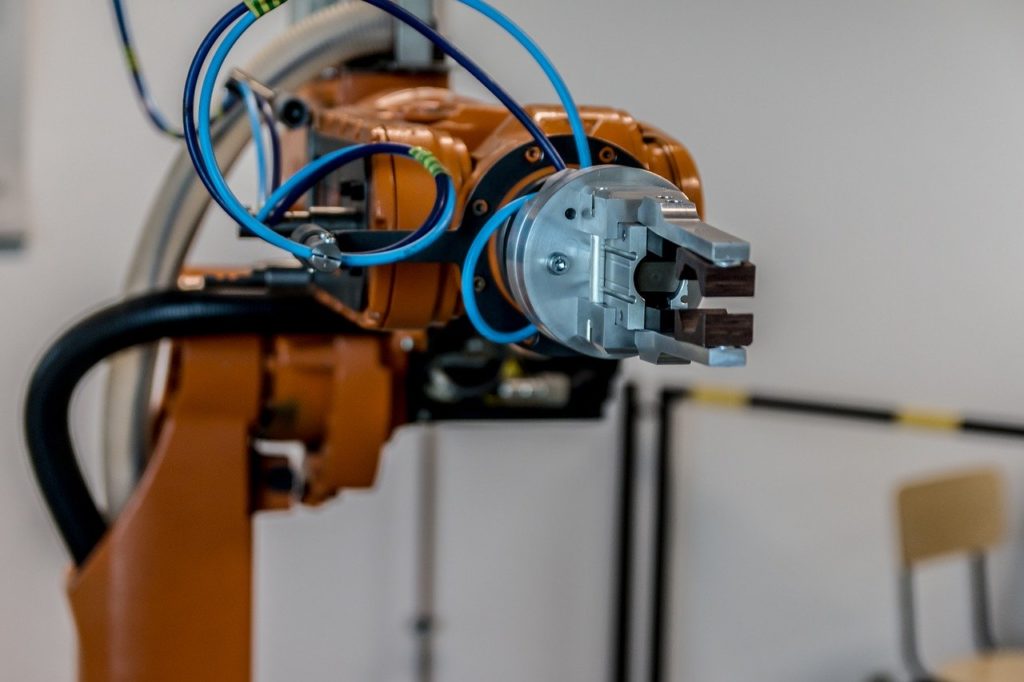Robots are now stacking shelves in Japan. Two of Japan’s largest convenience stores are now testing kangaroo-like robots to refill shelves with beverages, ready-to-eat meals, and sandwiches. By 2022, store chain giant Family Mart sees having these robots in all of its branches around Tokyo. Could this be the start of full robotics and automation in industries that primarily use human labor? ;
While automation and robotics are not new to business and industry, the entry of these non-human labor equipment is seen by some as a threat to people’s jobs. After all, a robot is purchased only one time and may need servicing every so often. It does not require a salary, a pat on the back, or a sick leave. Best of all, it does not make complaints about management. In short, it is an alternative to human labor.
While there are deeper concerns about artificial intelligence (AI) and its ability to surpass human capabilities, the current designs of worker robots are revolutionary. They can perform jobs that used to be the domain of human beings while maintaining the same if not a higher level of productivity. An Oxford University study on artificial intelligence predicted a 47 percent loss of jobs in the next 25 years due to the introduction of AI and robotics in many fields of work and industry. ; If the mainstreaming of robots and artificial intelligence is inevitable, what can people do to improve their productivity and still be competitive in a world that is fast being overtaken by computers and machines?
Some Human Artistic and Artisanal Skills are Irreplaceable
Despite revolutionary advances in technology, there are still some things that a robot or a computer program cannot replace. Some artistic and artisan levels of skill are impossible to replicate. Even artificial intelligence will not be able to calculate, calibrate, and copy specific human attributes such as empathy, creativity, and judgment, which are needed in many professions and jobs.
For example, a robotic arm may accurately cut materials. Still, it cannot duplicate the craftsmanship of an experienced carpet fitter, especially one who comes from a family who shares that trade. Even the ornate design, color combinations, and choice of fibers for a piece of carpet cannot be put together by software that does not have the aesthetic eye and sensitivity of a human being.
The software may be programmed to play music by arranging digitally recorded sounds, but it does not have the intelligence to compose a song or piece for an orchestra. Even the sound quality of audio played on digital formats like Mp3 cannot compare to the vibrancy, emotion, and depth of music played by humans inside a stadium or music hall.

Continuous Learning: Key to Sustained Relevance
The way forward is to adopt a hunger for learning. The continuous development of one’s knowledge and skills, supported by the right attitude, will propel a person to higher levels of productivity at work or in business. It can be said that much of what is taught in formal schools today will soon be obsolete given the enormous speed of innovation in the body of knowledge and technological advances. The only way to catch up is to keep learning new competency sets, whether for manual application or the realm of computers and technology.
For example, an emerging field expected to take over almost all areas of endeavor is called Data Science. This scientific discipline is all about collating, storing, analyzing, and presenting large bodies of information and data into cohesive sets that can be understood and used for planning and decision-making.
Another example is how creative restaurateurs and chefs promote their artistic edible creations through social media, even as they leverage smartphone and computer technology as sales and delivery platforms. Even the most basic commodities like food, water, and clothing are not interfaced online, ready to be sold and bought through several e-commerce sites and online reseller web pages.
To remain relevant in the world of business, one must embrace technology and leverage its powers to reach the most active and potential clients. With internet technology, businesses can now go beyond their community and national markets. Today, the global market is within reach by almost everyone who has good products and services, a laptop, a smartphone, and a fast Wi-Fi service.
To Space and Beyond
Will human potential extends beyond the four corners of our planet? Perhaps it may come true in the distant future, or even sooner than we think. Instead of viewing robots, artificial intelligence, and other technologies as competitors, the right perspective is to consider these as mere tools in the hands of people.
Human beings must continue to dare and explore, not fearing to leave the comforts of the familiar but instead enjoy creating the future. Building a new world will need human creativity and intellectual prowess. With technology and mechanical tools at our disposal, we need not fear the loss of certain jobs or professions. We can invent new industries and entirely new professions and jobs for the next evolution of humankind where everyone, hopefully, will have opportunities for an even better life.

